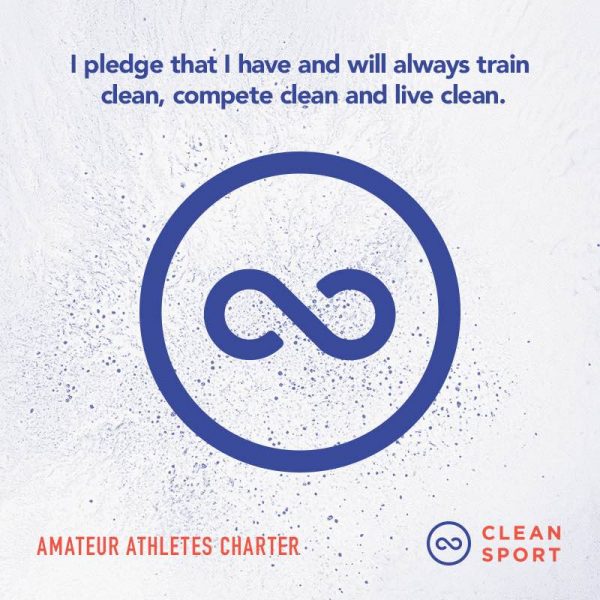Another great article from Runner’s World. Curiously, it was written in 2007 but linked in a 2009 email (I subscribe to their newsletter ;))
Anyway, it’s all about the benefits of the foods listed below and how they can help boost an injured athlete’s recovery. I should’ve known though — it’s mostly veggies and healthy stuff… lol!
Red Bell Pepper
Just one red bell pepper provides 380 percent of the recommended Daily Value of vitamin C, a nutrient crucial for repairing connective tissues and cartilage. By contributing to the formation of collagen, an important protein used to build scar tissue, blood vessels, and even new bone cells, vitamin C facilitates the healing process. “Work in vitamin C throughout the day, every two or three hours or so,” says Sass, for five daily servings. Runners-up: papaya, cantaloupe, oranges
Salmon
Salmon’s nutritional benefits have been much touted for good reason. Fresh or canned, salmon delivers two powerful healing nutrients: protein and omega-3 fatty acids. Protein does more than rebuild muscle after a grueling run; it also repairs bones, ligaments, and tendons. “We tend to forget that healing really means building new cells,” says Sass. “And your body needs protein to make those new cells.” She recommends all runners eat protein at every meal; injured runners should aim for four to five servings a day, from low-fat sources like egg whites and lean turkey. Salmon, with two grams of essential fatty acids per four-ounce serving, is doubly valuable. “Omega-3s are significant anti-inflammatories,” says Grotto. “Eating fish high in omega-3s or taking supplements is like throwing a big bucket of ice water on inflammation.” Inflammation occurs when waste matter generated by the body’s repair efforts builds up around the injury, inhibiting healing. Omega-3s help disperse that buildup, making them useful in addressing everything from sore muscles to stress fractures. Runners-up: mackerel, flaxseeds, walnuts
Carrots
Eat carrots for a potent dose of vitamin A: a half-cup serving provides 340 percent of your Daily Value. This nutrient helps make white blood cells for fighting infection, “which is always a risk with injury,” says Sass. You might not think infection is likely with tendinitis, but your body takes no chances and activates the immune system, which ups vitamin A demand. Vitamin A also helps repair postworkout microtears, so it’s a valuable ally every day. Runners-up: sweet potatoes, dried apricots, spinach
Fortified Cereals
Zinc is an important healing agent, but foods highest in zinc, like red meats, often contain saturated fat, which aggravates inflammation. So when the body is taxed–from exertion or injury–runners should reach for fortified whole-grain breakfast cereals, which can deliver as much as 100 percent of the Daily Value for zinc. By itself, zinc doesn’t repair damaged tissue, but it assists the proteins and fats that do. “Just don’t overdo it,” cautions Sass. Too much of this potent mineral lowers HDL cholesterol (the good kind) and actually suppresses your immune system. Runners-up: shellfish, sesame seeds, pumpkin seeds
Almonds
Just one ounce of almonds (roughly 20) contains more than 40 percent of your Daily Value of vitamin E, an antioxidant that supports the immune system by neutralizing free radicals. Almonds, like hazelnuts and sunflower seeds, also supply beneficial mono- and polyunsaturated fats, which are key building blocks for healthy cells. “Fat is a structural part of your body, so don’t skimp on it, just eat the right kind,” says Sass. “Almonds supply heart-healthy fats that promote healing without clogging arteries.” Runners-up: nut butters, avocados, vegetable oils
Okie, but for the Red Bell Pepper and fortified cereals, the other stuff on the list isn’t too bad. I like almonds and often have a few as a snack (though, probably not 20-at-a-time!); I try to have carrots in my diet, too… Realistically, I get tired of snacking on carrots so I probably have them for a week and then wouldn’t touch the carrots for another month or two! Salmon’s another dish I get tired of easily… Pah! Okie, so eating healthier would be more challenging than I thought! >_<
Oh, does it help that I began taking multi-vitamins? Yeah, I started taking them after the 2nd marathon I’ve done this year (I normally only do one a year). I actually was good about taking it until after the 3rd day when I’d forgotten I was taking it! LOL. I really need to be more consistent!
